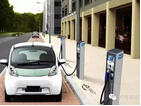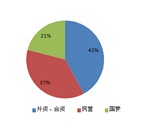At present, most pure electric vehicles use charging pile charging to supplement their battery life. According to statistics, as of September 2018, the number of public charging piles in China has reached 285,000. Although the number of charging piles is increasing, it has not been able to solve the problem of slow charging and inconvenient use.
In addition to charging the charging station, for pure electric vehicles, there are also power-changing modes and wireless charging options: the speed of the power-changing mode is theoretically much faster than the charging mode, while the wireless charging is compared to the charging pile. It is much more convenient. So will these two energy supply methods become the mainstream of pure electric vehicles in the future?
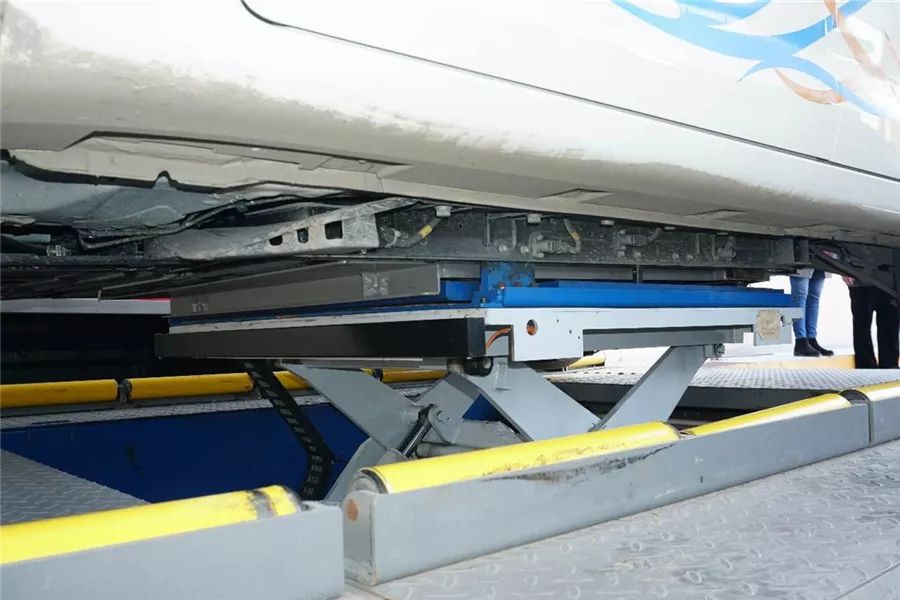
1 speed: The biggest advantage of the power-changing mode is the speed. Ideally, the battery replacement time can be shortened to 5 minutes, which is basically equivalent to the time it takes to refuel the station.
2 Cost: The cost may become the advantage of the power-changing mode. First, if the owner only buys a car without a battery, and the later battery adopts a rental mode, the cost of the car is lower; secondly, the normal ternary lithium battery can be cycled 500 to 1000 times. Left and right, the mileage is between 150,000 and 300,000 kilometers. Many car owners do not use so many miles to sell the car. The power-exchange mode can make full use of the life of each battery; in addition, when it reaches a certain scale, the power-exchange mode Operating costs may be much lower than the cost of going to fast charging.

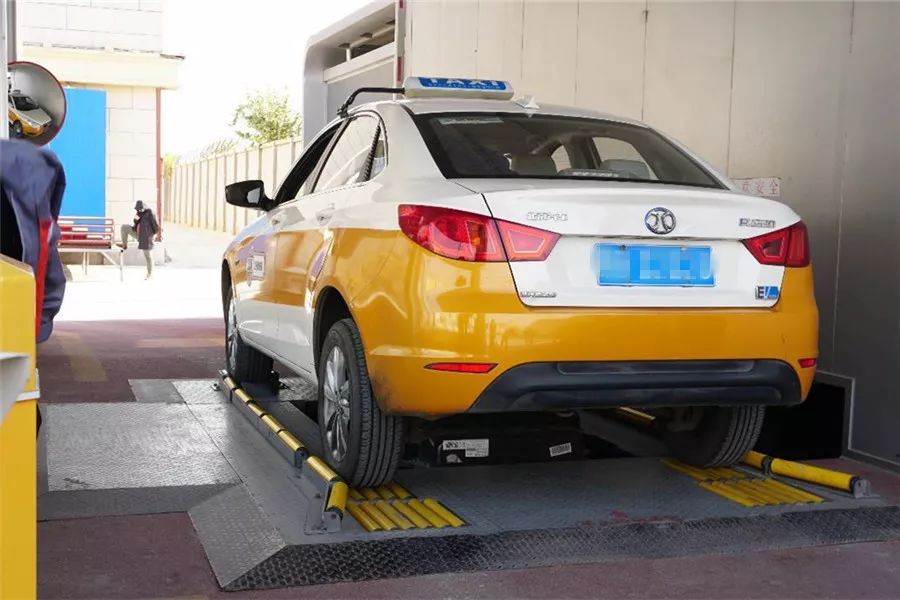
1 Battery standard: Because each car company's battery standard is different, it is difficult to achieve complete unification, so the current power exchange mode can only be achieved in a single brand or even a single model. For example, many of Beiqi New Energy's taxis use the power-changing mode, as well as the Weilai ES8's power-changing service. It is very difficult to unify the battery size and standards of all pure electric vehicles. Some car companies have clearly stated that they will not consider switching services, such as Xiaopeng.

2 Safety: Since the battery pack is relatively large in the weight of the vehicle, if a detachable battery pack is used, it is necessary to redesign the vehicle body structure. In addition, in order to achieve rapid disassembly, and the battery pack weighs several hundred kilograms, this places high demands on the mechanical structure of the fixed battery, and it is very dangerous if the battery falls off during driving.
3 Venue cost: At present, Weilai, Beiqi, Shiguang and other car companies that support the power exchange mode mostly use a tens of square meters of movable board room as the working site. Weilai's power station can only change up to 5 vehicles at a time, and can only change one car at a time. The owner cannot stay in the car when changing power, and the service experience is not good.
For the frequent replacement of electricity, it is often downtown, and the cost of land is high. It takes a huge cost to expand the scale of the power station. There have been previous assumptions about the use of existing gas station sites, but the conflict between electrical safety and oil and gas safety eventually put the idea aground.

4 Battery cost: In order to ensure the vehicle's battery and spare battery requirements at the same time, taking the power-switching mode requires redundancy consideration for the number of batteries. At present, the average battery redundancy rate is 50%, that is, every 2 pure electric vehicles are on the road, and the power station has to add a new battery. The initial battery cost is also very high.

5 Battery ownership issues: At present, the new energy subsidies for pure electric vehicles are closely related to the battery, adopting the “one car, one electricity” mode. If the ownership of the battery belongs to an individual, then the new owner will not be willing to change the power, because there will be a high probability of switching to the old battery, then the mode of the power exchange can not be cycled; if the battery ownership belongs to the car enterprise, the individual does not buy the battery, then There are obstacles when applying for new energy subsidies.
At present, the practice of Beiqi New Energy is worth learning. After the owner purchases a complete vehicle (including batteries), the battery management company established by Beiqi will repurchase the battery. This is in line with the requirements of the new energy subsidy policy, and can be attributed to the battery service enterprise.
1 Convenient: Wireless charging is more convenient than traditional charging pile charging. The owner only needs to park the car in the designated area, no need to use the charging gun, saving time and effort.
2Usage: Wireless charging will not cause erected charging piles, and the space utilization rate for the upper part of the ground is higher. If it is wireless charging using the principle of magnetic field resonance, one-to-many charging can be achieved at the same time. In addition, after the dynamic wireless charging technology is mature, charging while driving can greatly reduce the time cost of charging.

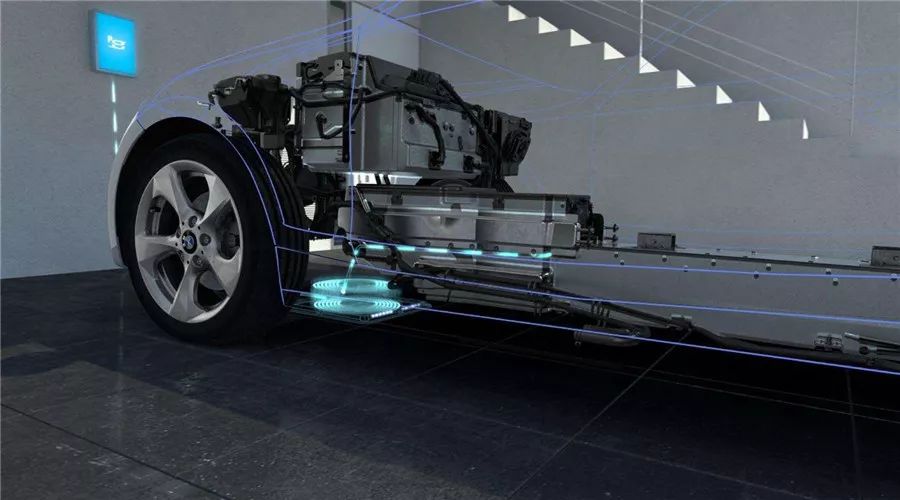
1 Radiation safety: Although there is no clear conclusion that electromagnetic radiation is harmful to the human body, the power of wireless charging is very high, and strong electromagnetic radiation will cause panic among the people. In addition, special groups such as pregnant women, infants, and the elderly may be very resistant to strong electromagnetic radiation.
2 Charging efficiency: Friends who have used the wireless charging of mobile phones will find that it lags far behind the wired fast charging in charging speed. After all, when power is transmitted in the medium, a large amount of loss is generated. In the long run, the accumulated power loss cannot be ignored.

3 Grid load: In fact, the fast charging and charging pile has obvious disturbance to the power grid. A fast charging and charging pile may reach 50kW power. The power of 100 charging piles at the same time is equivalent to the central air conditioning power of a 30-story office building. . The wireless charging itself will have a loss. If the same effect is achieved, the power required will be at least 30% larger, and the load pressure on the power grid is very large.
At present, the obstacles to changing power are more from the battery standards of different manufacturers, the robustness of the battery frame, the cost of power exchange, and policy factors. These are all difficulties that can be solved, and the power exchange service can also make full use of the battery life, centralized management can also reduce the user's use cost, and improve the preservation rate of pure electric vehicles. In addition, the replaced battery can be charged with slow charging or with valley current, and the load pressure on the local grid will not be too large. Therefore, hackers believe that the power-changing mode is more likely to be popular.
















 RCCN WeChat QrCode
RCCN WeChat QrCode Mobile WebSite
Mobile WebSite





